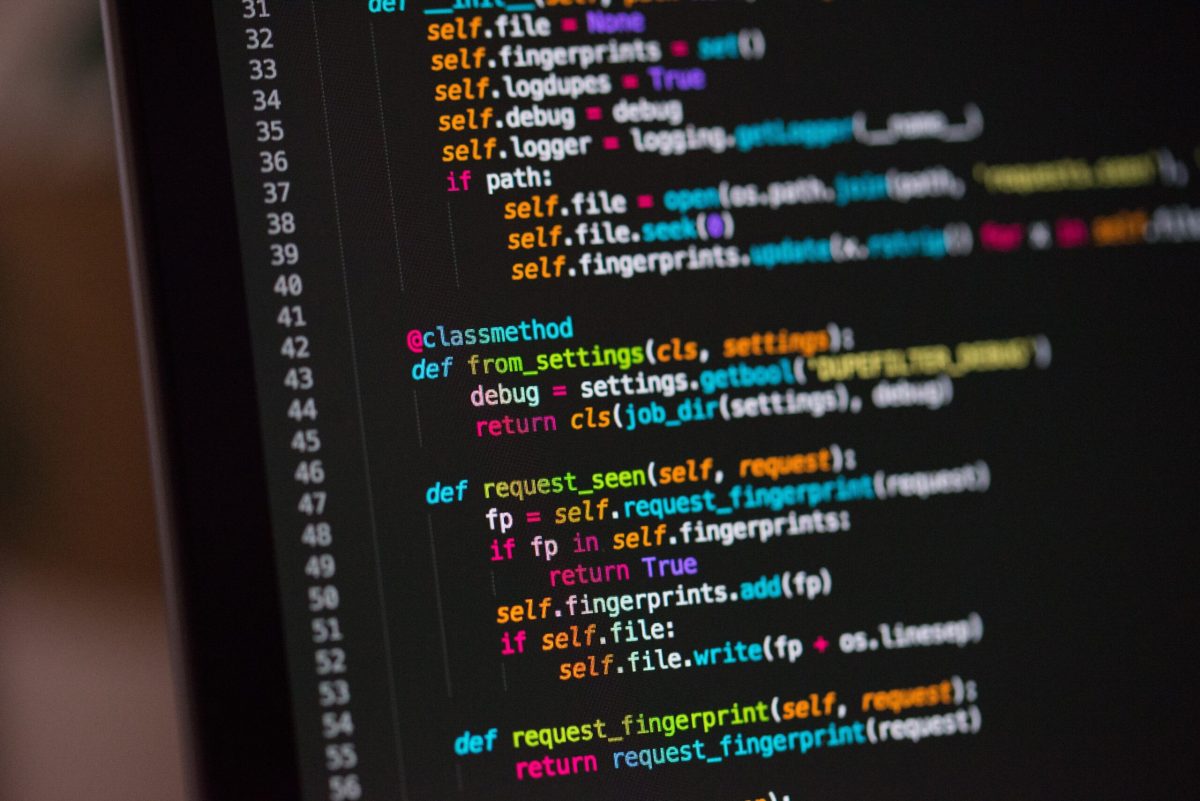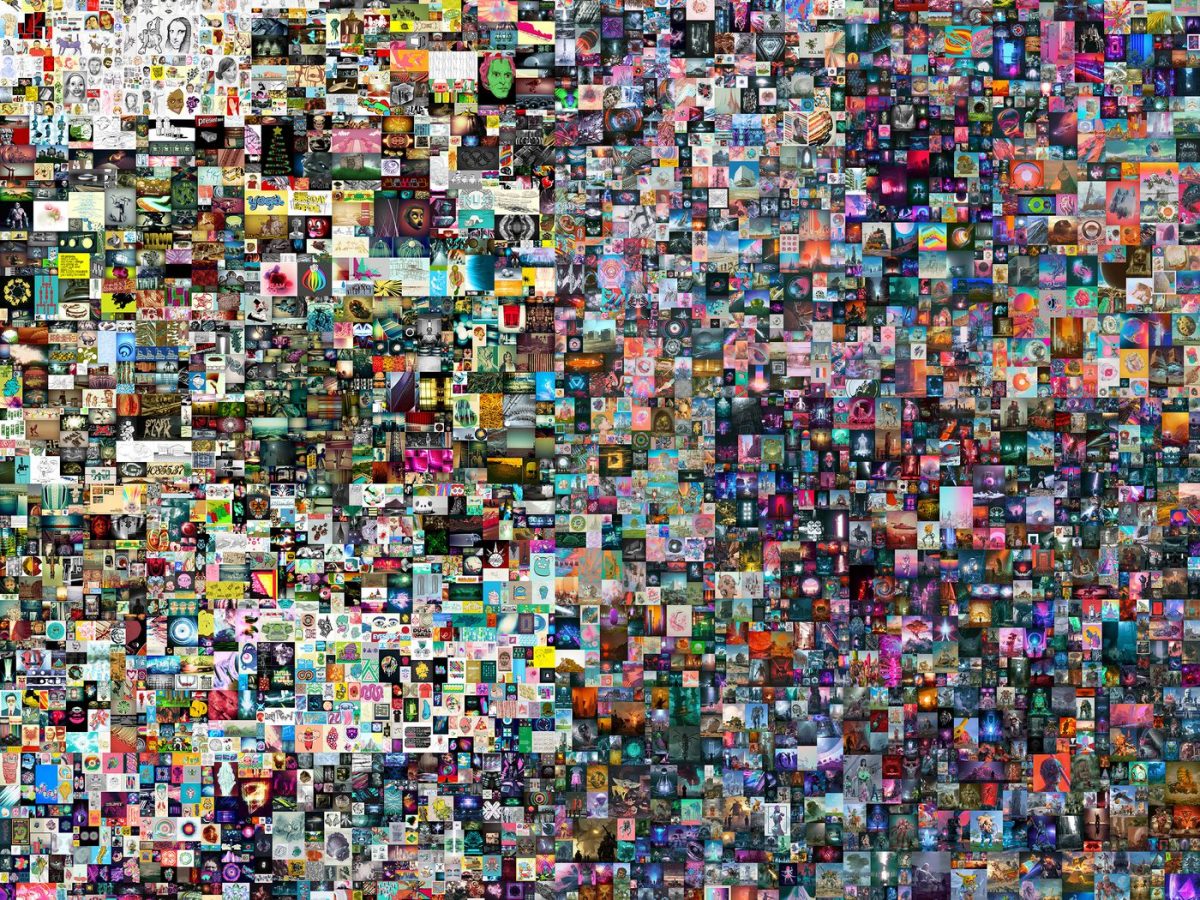Generative AI is revolutionizing the coding landscape, making the use of programs such as R, Stata and Python more efficient, accessible, and easy. As someone who has experienced the growing capabilities of GenAI firsthand, it’s clear that they’re becoming indispensable for coders, both new and experienced.
One of the most significant advantages of Generative AI in coding that I have personally experienced is the ability to generate code. For my previous master thesis, I could simply input a prompt or description of what needs to happen, and the GenAI platform would provide an optimized code almost instantly. This saved me a lot of time, especially for repetitive tasks like writing common functions. AI-powered tools also assist in translating between different programming languages, helping to work across various platforms without being limited by programming language constraints.
Debugging is another area where generative AI has very much improved. By analyzing code for potential errors or inefficiencies, GenAI tools can suggest fixes and improvements that might be easily overlooked with manual review. This can dramatically reduce development time and improve code performance. Furthermore, AI can offer suggestions based on the specific context of the code. This contextual awareness enhances productivity, which allowed me to focus on higher-level logic rather than getting held up by minor details. For beginners, AI tools serve as helpful guides, offering explanations that improves learning opportunities.
However, there are still some challenges. While generative AI can expedite coding, it still lacks the deep understanding of human intention and the creativity that code developers bring to problem-solving, which is why it will not replace actual developers for now. Additionally, code generated by AI will not always be completely error-free, meaning the developer will still need to be careful while reviewing the output.
Despite these limitations, GenAI is becoming an essential tool during coding. It enhances productivity, reduces errors, and enables access to coding knowledge, paving the way for more accessible and efficient software development, even for unexperienced coders like me. Feel free to share your personal experience with GenAI and coding!


